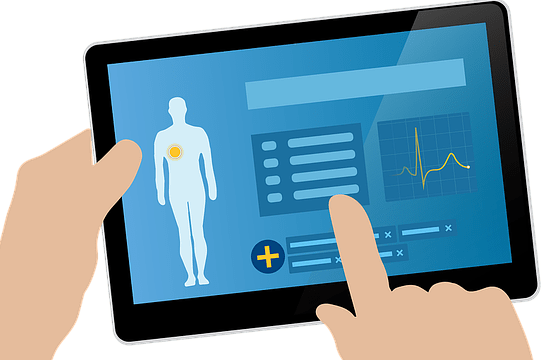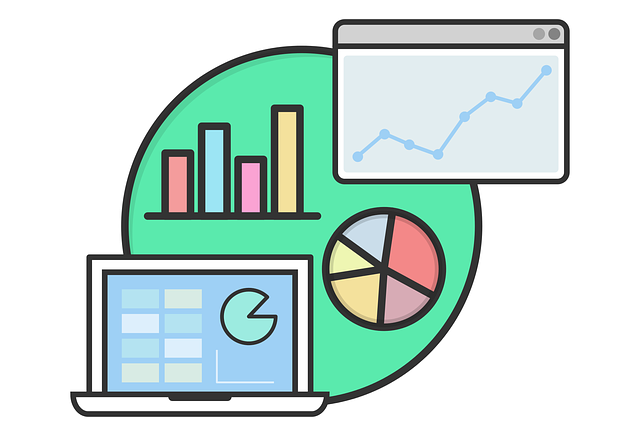Outcomes, Data Analytics, Measurement Tools; these are all very common terms in modern behavioral health and addiction treatment.
You will find that most electronic health record (EHR) vendors advertise these features, promising you that their outcomes software will assist you in the treatment of your patients.
But, what exactly do they mean?
What is an Outcome?
The concept of an outcome is rather broad. It can describe virtually any measurable result in a cause and effect relationship. In the mental health and addiction treatment industry, an outcome can be generally described as two things:
- The response of a patient to a given treatment method
- The effectiveness of a facility’s treatment services or business practices
Under these two umbrella descriptions, outcomes in this industry will vary greatly.
A patient’s unique set of conditions often dictate which outcome measurements are relevant to their care. Furthermore, the specific functions and needs of each behavioral health or addiction center may call for specific outcome tools to measure relevant performance metrics.
As a result, we have identified the top 5 EHR outcomes software features that give your facility the best chance at tracking progress and navigating the outcome of any dynamic treatment scenario.
1) Automated Data Collection
Before you can measure an outcome, you need to compile the necessary data to be measured. Most EHRs will prepare you for this with built in data capture features that automate the collection of patient’s health information so that their progress can be monitored and reviewed.
In addition to patient data, an EHR should gather information about your facility’s internal operations. This feature can track key performance indicators (KPIs) of your facility’s clinical, financial and operational processes, helping you understand how your facility is performing in these areas.
KPIs help behavioral health centers avoid complacency in the quality of service they provide by quantifying performance.
Numbers don’t lie – KPI reports provide a clear picture of where a facility is successful, and where they need improvements. They will enable you to evaluate your operation with the utmost precision.
2) Customizable Data Collection Points
The most effective EHRs will offer the ability to customize data collection points in tandem with their prebuilt selection.
Though most EHRs will come with a set of standard data collection and performance reporting capabilities, they may not encompass all of your facility’s treatment needs. To best care for your patients, you may need to individualize outcomes tools on a case to case basis.
If an EHR allows you to create custom data collection points, it opens up your facility’s reporting capacity even more. This will only contribute to the quality of care you can provide to your patients.
Tools to hone in on specific criteria that is most relevant to a patient’s condition are great to have. It will give your organization the ability to explore virtually any treatment aspect and the flexibility to adapt to improvements or declination in a patient’s condition.

3) Patient Engagement
Whereas an EHR’s automated data collection feature gathers what we may consider as “hard data,” your facility can also gather less tangible information with patient engagement software, such as engaging your patients through a consumer-facing portal.
No matter how advanced a software may be, the best outcome tool is a patient telling you how they feel in real-time (or as close to real-time as possible), so client access and responses are an important part of the outcomes process.
Ideally, EHRs let you administer questionnaires and exit surveys to patients through a client-facing portal for another level of feedback. Surveys are especially useful during post-treatment engagement. They give the patient an opportunity to honestly assess your operation after experiencing your specific treatment methods.
The anonymous nature of a survey may even promote better engagement from your patients. The buffer of a patient portal may allow a patient to be a little more brutally honest about their experience at your behavioral health or addiction center, which can prove to be some of the most instructive feedback on the quality of care you are providing.
4) Measurement Tools
Many EHRs offer a number of standard measurement tools to collect relevant variable treatment information.
In other words, they quantify a patient’s dynamic symptoms and experience so that their treatment progress can be interpreted in neat, manageable numeric data. The variety of standard measurement tools may vary greatly from one vendor to the next.
Two common measurements that may be included with your EHR are the Addiction Severity Index (ASI) or The Clinical Opiate Withdrawal Scale (COWS).
Both of these measurements serve as ways to quantify the pain a patient is experiencing in order to provide valuable context to their care providers. When a patient takes such a test, their results will be recorded so that a doctor can review their pain scales over time and treat and prescribe medication accordingly.
5) Analytics
The data your EHR collects provides you with an objective view of your operation. Objectivity can be quite elusive, in terms of how your patients evaluate themselves and how you evaluate your operation.
Behavioral health and addiction care providers often work with patients that are suffering greatly from a number of serious conditions. Depending on the circumstances, their patients may not always be able to provide to the most conclusive information regarding their progress.
As a result, hard data can provide you with valuable and accurate context when treating potentially unreliable self-reporters.
Sometimes it takes raw numbers to cut through the busy daily rhythms of behavioral health and addiction treatment.
It can be difficult to take a bird’s-eye view of any given situation when the day-to-day job can be so hectic and demanding. This is where raw data analytics hold their value.
Traditionally, EHRs have organized the data it collects for you into basic tables and graphs. As technology has evolved though, the visualization of your data has progressed along with it.
Many EHRs contain advanced visual analytic capabilities designed to present your data in a variety of intuitive and user-friendly ways. The idea is that presenting data in different, more dynamic formats can make trends in data easier to detect and address.

Outcomes Software at Sigmund
We hope you have a better sense of what we mean when we talk about outcomes in behavioral health. Now that you have this background info, considering reading this blog post that explores how dynamic EHRs drive positive patient and provider outcomes.

Sigmund’s enterprise software solution, AURA, provides specialized and flexible outcome solutions.
From patient engagement tools, scored medical and clinical instruments and robust customization tools, AURA offers complete, end-to-end outcome tools. We have developed a dynamic platform that:
- Collects all necessary information automatically
- Presents that data to you in an intuitive way
- Prepares you to leverage that data into improvements in your treatment and operations
Want to see Sigmund’s outcomes software up close? Schedule a demo today!


